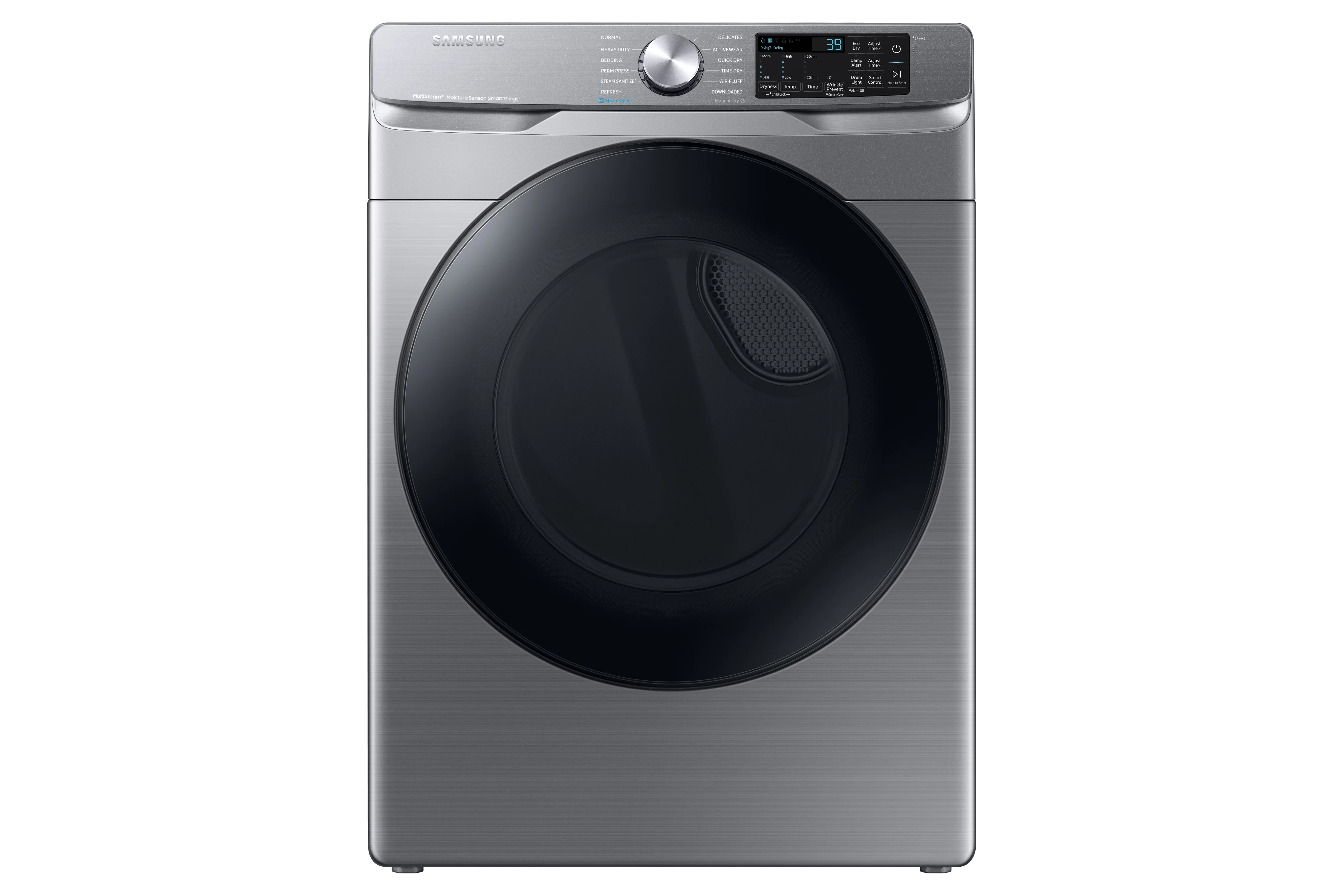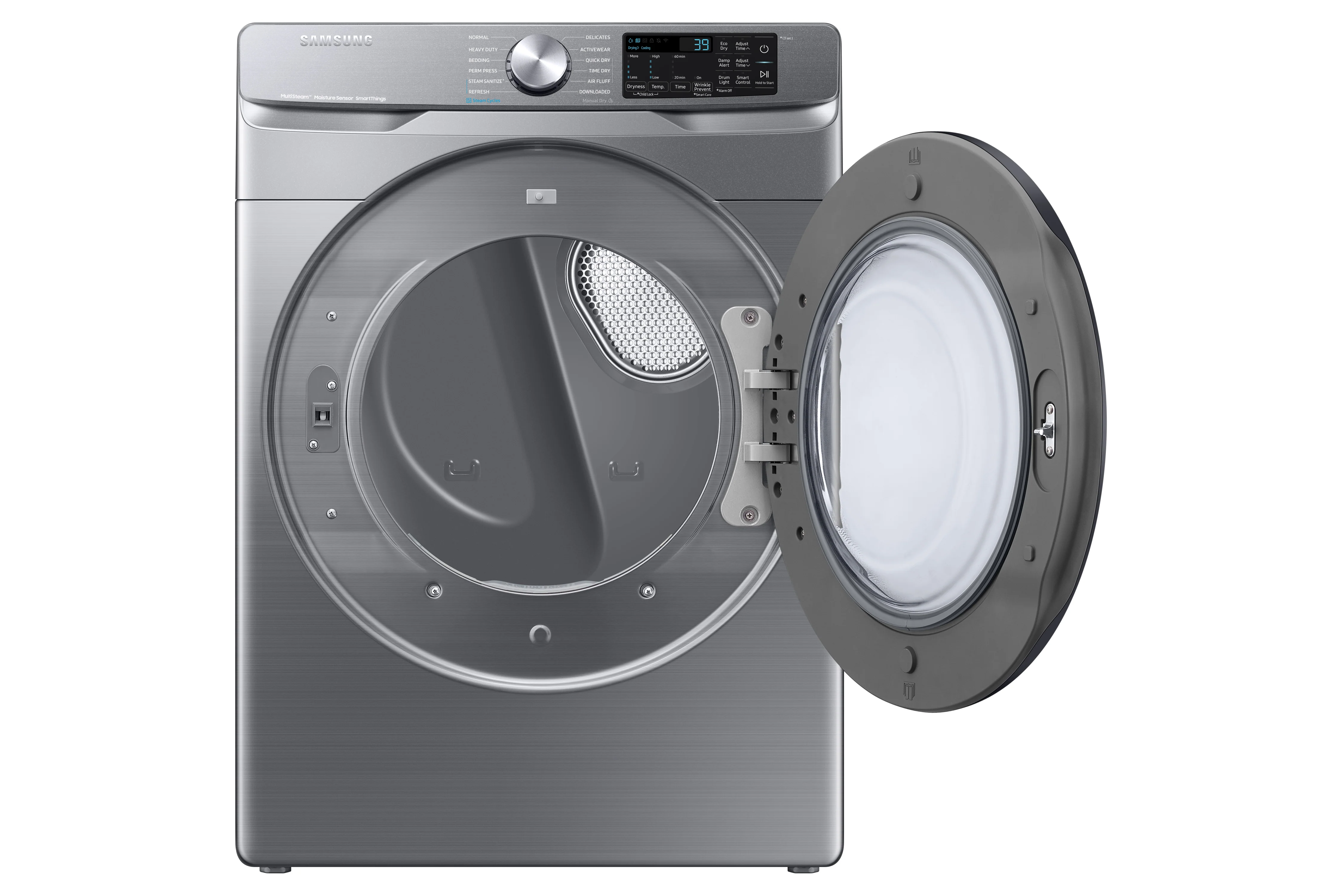A good kitchen ventilation system is essential if you enjoy cooking at home. Cooking can produce a variety of pollutants, including smoke, steam, and grease, as well as harmful gases like carbon monoxide and nitrogen dioxide. These pollutants can harm indoor air quality, leading to health issues like respiratory problems, headaches, and fatigue.
And it helps mitigate these pollutants' impact by removing them from your indoor air and venting them outside. This can help keep your kitchen and home smelling fresh while improving indoor air quality and reducing the risk of health problems. In this article, we will provide you with a comprehensive guide to kitchen ventilation, focusing on range hoods and other kitchen vents. Some questions we will cover include:
How Do You Ventilate a Kitchen?
Kitchen ventilation refers to the process of removing smoke, steam, and odors produced during cooking. In addition to improving indoor air quality, a good kitchen ventilation system can help prevent the buildup of harmful gases like carbon monoxide and nitrogen dioxide, which can have serious health effects.
Kitchen ventilation comes in various types, each with its own advantages and disadvantages. The main types include range hoods, downdraft ventilation, under-cabinet, and microwave hoods. Whichever you choose, you must consider your kitchen's size, layout, and cooking habits to ensure you get the best results.
Kitchen ventilation is absolutely necessary for several reasons. Firstly, good ventilation improves the aesthetics of your home. Removing odors, smoke, and grease from the air helps keep your home smelling fresh and clean. This is especially important if you have an open-plan living space or your kitchen is connected to other areas of your home.
Secondly, there are also health benefits to consider. Cooking with gas stoves, in particular, can produce high levels of nitrogen dioxide, a harmful gas that can cause respiratory problems and exacerbate conditions like asthma. Electric stoves, on the other hand, can produce high levels of particulate matter, which can also adversely affect your health.
Finally, proper ventilation can help to reduce the risk of mold and mildew growth in the kitchen. Without proper ventilation, moisture can build up in the air, leading to the growth of mold and mildew. This can be especially dangerous if someone in the home has allergies or asthma. It can also shorten the lifespan of various appliances in the kitchen, leading to replacements.
How Does Kitchen Ventilation Work?
Kitchen ventilation systems can be either vented (external ducted venting) or non-vented (ductless venting).
External ducted venting:
An external ducted venting system, also known as a ducted range hood, consists of a range hood mounted above the cooking surface and a duct that runs through the wall or ceiling to the outside of the home. The range hood captures the smoke, steam, and fumes from the cooking surface, and the duct carries them outside, preventing them from entering other areas of the home.
The key components of an external ducted venting system include:
-
A range hood: This part of the system captures the smoke and fumes from the cooking surface. It's usually mounted above the cooktop and can be vented to the outside through the back or the top.
-
A honeycomb grease filter: Captures grease and oil
-
Fan: Also called a blower. Pulls the air through the filter and ductwork.
-
Ductwork: The ductwork carries the smoke and fumes to the outside of the home. It's usually located on an exterior wall or on the roof.
Ductless venting:
A ductless ventilation system, also known as a recirculating range hood, consists of a range hood mounted above the cooking surface, filters to capture smoke and fumes, and a fan to circulate the air. Instead of venting the air outside, a ductless system uses filters to trap pollutants and recirculates the cleaned air back into the kitchen. The ductless ventilation system typically has a standard mesh filter to trap grease and a carbon filter to remove smoke and odors.
Types of Kitchen Ventilation
Kitchen ventilation comes in various types, each with its own set of advantages and disadvantages. The main types of kitchen ventilation include range hoods, downdraft ventilation, under-cabinet hoods, and microwave hoods.
Range Hoods
The most common type of kitchen ventilation system is the trusty range hood, a stalwart of kitchens worldwide. Range hoods come in two types: ducted and ductless. Ducted hoods are the more effective of the two, using a duct to channel the smoke and fumes produced during cooking to the outside of your home. Ductless hoods use filters to remove pollutants from the air, recirculating the clean air back into your kitchen.
Range hoods have several benefits, including improved air quality, reduced exposure to harmful pollutants, and decreased fire risk. They also help prevent the buildup of moisture and grease, which can cause damage to cabinets and other kitchen surfaces. Range hoods come in various styles and sizes, making it easy to find one that complements the kitchen's design and fits within the available space.
Downdraft Hoods
Downdraft range hoods are an alternative option for ventilating a kitchen that may be preferred for aesthetic or practical reasons. Instead of being installed above the cooktop, downdraft hoods are installed within the cooking surface. It pulls pollutants down and away from the cooktop before they get into the air and into a ventilation system under the kitchen floor.
The benefits of downdraft range hoods include their sleek and unobtrusive design and their ability to provide ventilation in kitchens where traditional range hoods may not be practical or desirable. Although this type of ventilation is less efficient than range hoods, it is a good option for those who prefer a minimalist look in their kitchen.
Under Cabinet Hoods
As the name suggests, under-cabinet hoods are installed beneath existing cabinets. For ducted under-cabinet hoods, the ductwork is typically installed in the adjoining walls.
These hoods have several benefits, including their space-saving design and relative installation ease. They are also available in a range of sizes and styles to suit different kitchen layouts and design preferences. However, under cabinet hoods may be more prone to collecting grease and other cooking residues, which can build up over time and require regular cleaning. It is essential to properly maintain the filters and duct system of an under cabinet hood to ensure that it functions effectively and efficiently.
Microwave Hoods
Microwave hoods, also known as over-the-range microwaves or microwave range hoods, combine a microwave oven and a range hood in a single appliance. They are typically mounted above the cooktop and work by pulling smoke and steam up through a vent and into a filter, which captures grease and other airborne particles. The filtered air is then expelled to the outside through a duct system.
The benefits of microwave hoods include their compact design, which saves space in the kitchen, and their multi-functionality. Some models have additional features, such as convection cooking, which can expand the kitchen's capabilities without taking up extra counter or floor space.
FAQs About How Kitchen Ventilation Works
Do kitchen hood vents really work?
Yes, kitchen hood vents are an effective way to remove smoke, odors, and other pollutants from the air in the kitchen. The effectiveness of a kitchen hood vent depends on various factors, including the size and power of the hood, the type of cooktop or stove, and the layout and ventilation of the kitchen.
Regular cleaning and filter replacement are important to prevent the buildup of grease and other pollutants that can reduce the hood's effectiveness. Additionally, proper installation and ventilation of the duct system are essential to ensure that the hood vents properly and safely.
Do kitchen fans bring in outside air?
Kitchen fans, specifically exhaust fans, do not typically bring in outside air. Instead, they work by removing the air inside the kitchen and expelling it outside. This creates negative pressure inside the kitchen, which can cause air from other areas of the house, such as living areas or bedrooms, to be drawn into the kitchen.
Some range hoods or ventilation systems may include a feature to bring in outside air, which can improve air quality and reduce cooking odors. This is typically done through a dedicated duct or a vent separate from the exhaust system. However, this is not a common feature in most kitchen ventilation systems, and bringing in outside air may not always be necessary or desirable, depending on the climate and air quality of the area.
Is it okay not to have a vent in the kitchen?
While it is not technically "not okay" to not have a vent in the kitchen, it is highly recommended to have some form of kitchen ventilation to remove smoke, steam, and other pollutants from the air. Without proper ventilation, these pollutants can remain in the air and be breathed in by people in the home. Over time, this can lead to poor indoor air quality, which can cause health problems for some people.
There are several types of kitchen ventilation options available, including range hoods, downdraft systems, and recirculating fans to choose from. It is vital to choose a ventilation system appropriate for the kitchen's specific needs and to properly maintain and clean the system to ensure that it functions effectively.
How do you vent a kitchen with no outside access?
Ventilating a kitchen with no outside access can be challenging, but there are still several options available. One option is to use a recirculating range hood or a ductless range hood, which filters and recirculates the air back into the kitchen.
Another option is to install a ducted vent fan in the attic or another part of the house with outside access. This type of fan can be installed on a wall or ceiling and can help remove moisture, odors, and other pollutants from the air. It is crucial to ensure that the fan is installed correctly and that the ducting is appropriately sized and sealed to prevent leaks and ensure proper ventilation.
In some cases, it may also be possible to install a vent through an exterior wall or roof, although this will require cutting a hole in the wall or roof and may require professional installation. Check with local building codes and regulations to ensure any installation is done safely and complies with local laws.
How do ductless kitchen vents work?
Ductless kitchen vents, also known as recirculating range hoods, work by filtering the air and recirculating it back into the kitchen. These types of vents do not require ductwork to vent air outside and instead use a series of filters to trap grease, smoke, and other particles before recirculating the air back into the kitchen. While ductless kitchen vents may be less effective than external ducted vents, they are still a good option for kitchens where ductwork installation is not possible or desirable.
Does a kitchen have to have a vent over your stove?
It is usually not a requirement to have a vent over your stove, but it is highly recommended for safety and health reasons, check your local building codes and regulations to make sure. Kitchen vents help remove smoke, steam, and airborne particles generated during cooking, which can improve indoor air quality and prevent the buildup of grease and other potentially flammable substances in the kitchen. Additionally, cooking without a vent can create excess moisture in the home, leading to mold growth and damage to walls, ceilings, and other surfaces.
How do you circulate air in cabinets?
There are several ways to circulate air in cabinets:
-
Use cabinet vents: Cabinet vents are small grilles installed in the cabinet doors or sides to promote air circulation. They can be purchased in various styles and sizes to suit different cabinet designs.
-
Install cabinet fans: Cabinet fans are small, battery-operated fans that can be installed in cabinets to improve air circulation. They can be particularly useful in cabinets in areas with low ventilation, such as in corners or under a countertop.
-
Use activated charcoal: Activated charcoal, also known as activated carbon, is a natural material that can help absorb odors and moisture in cabinets. It can be purchased in small sachets or as sheets that can be cut to size and placed in the cabinet.
-
Use a dehumidifier: If excess moisture is a problem in your cabinets, a small dehumidifier can help remove moisture from the air and prevent mold and mildew growth.
Conclusion
Proper kitchen ventilation is an investment in the health and safety of your home. Whether you choose a ducted or ductless system, there are a variety of range hood options available to suit your kitchen design and cooking needs. Coast Appliances offers a wide selection of kitchen ventilation products from trusted brands to suit every budget and style.















